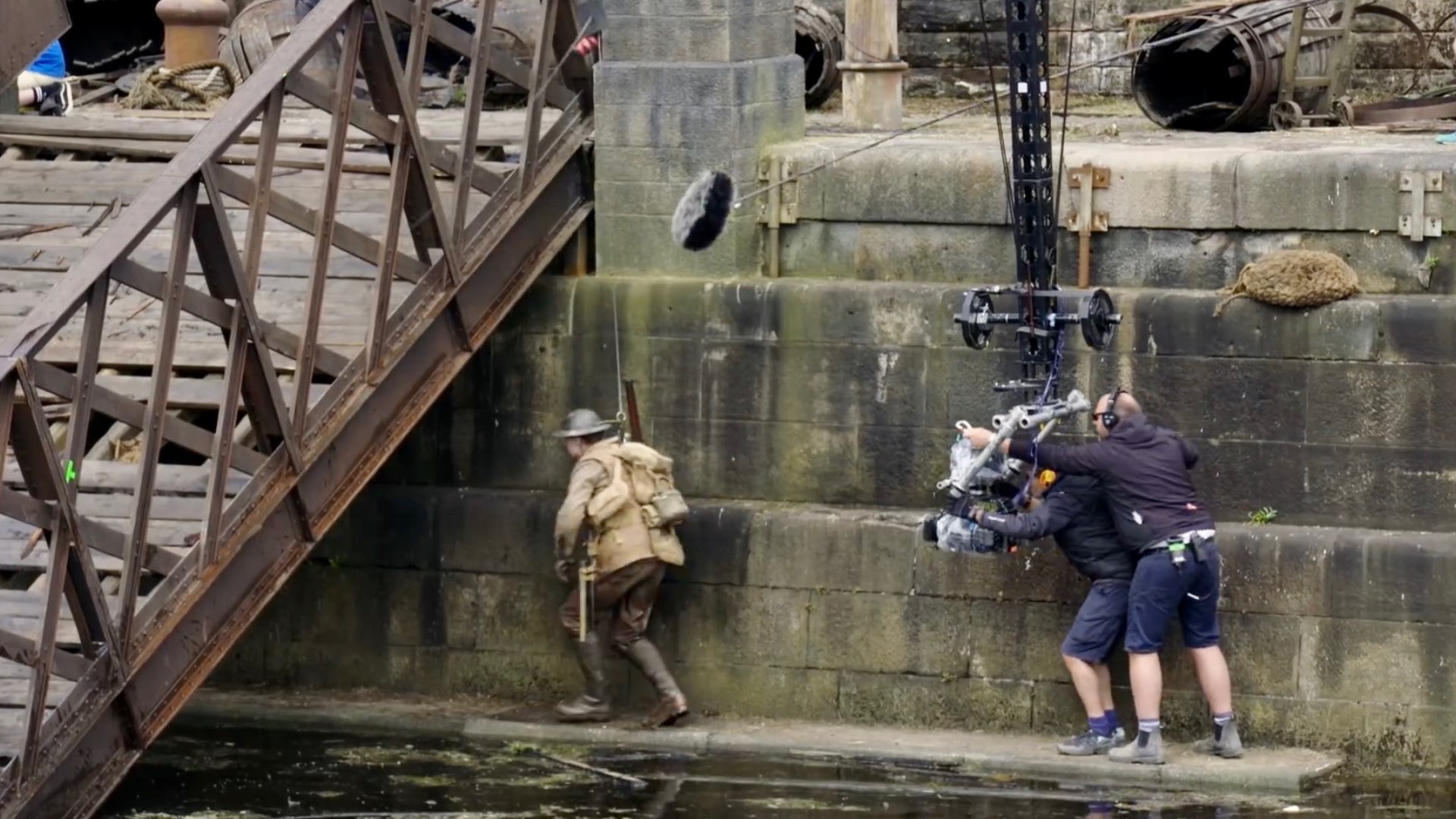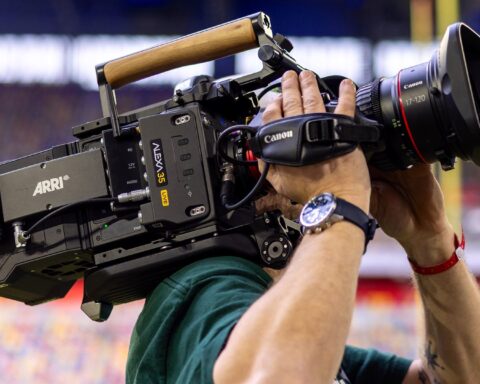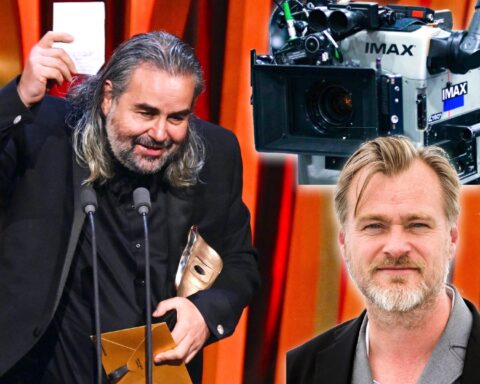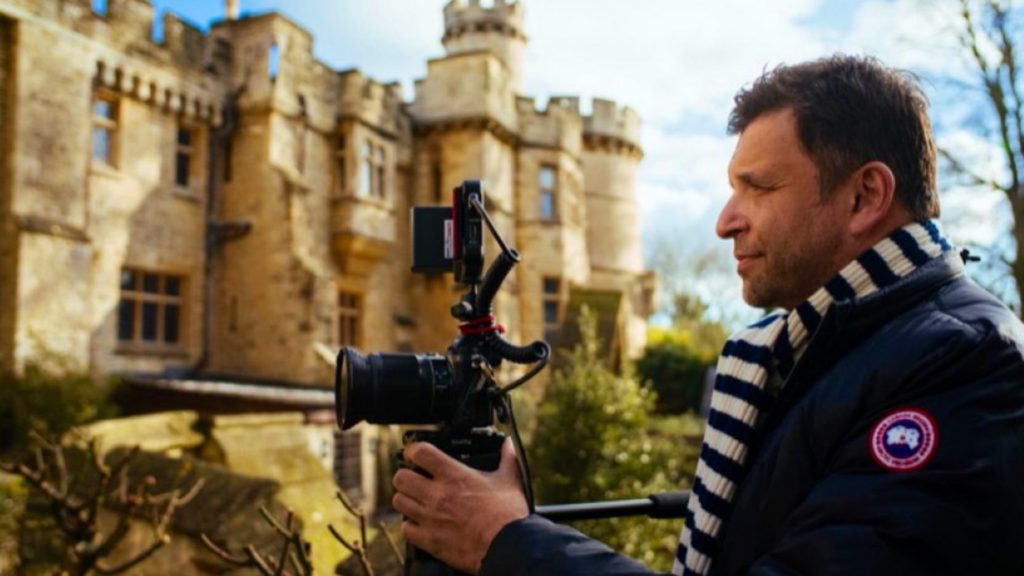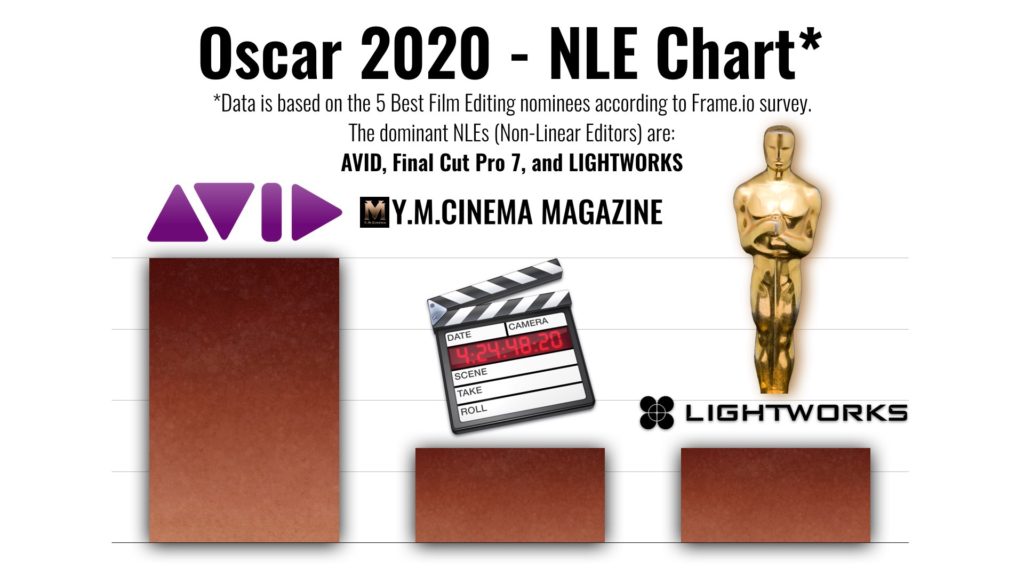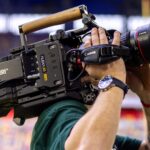1917 which is the winner of Oscar 2020’s Best Cinematography, was shot by Roger Deakins on the ALEXA Mini LF with Signature Prime lenses. Let’s hear what Deakins has to say about the making of this film.
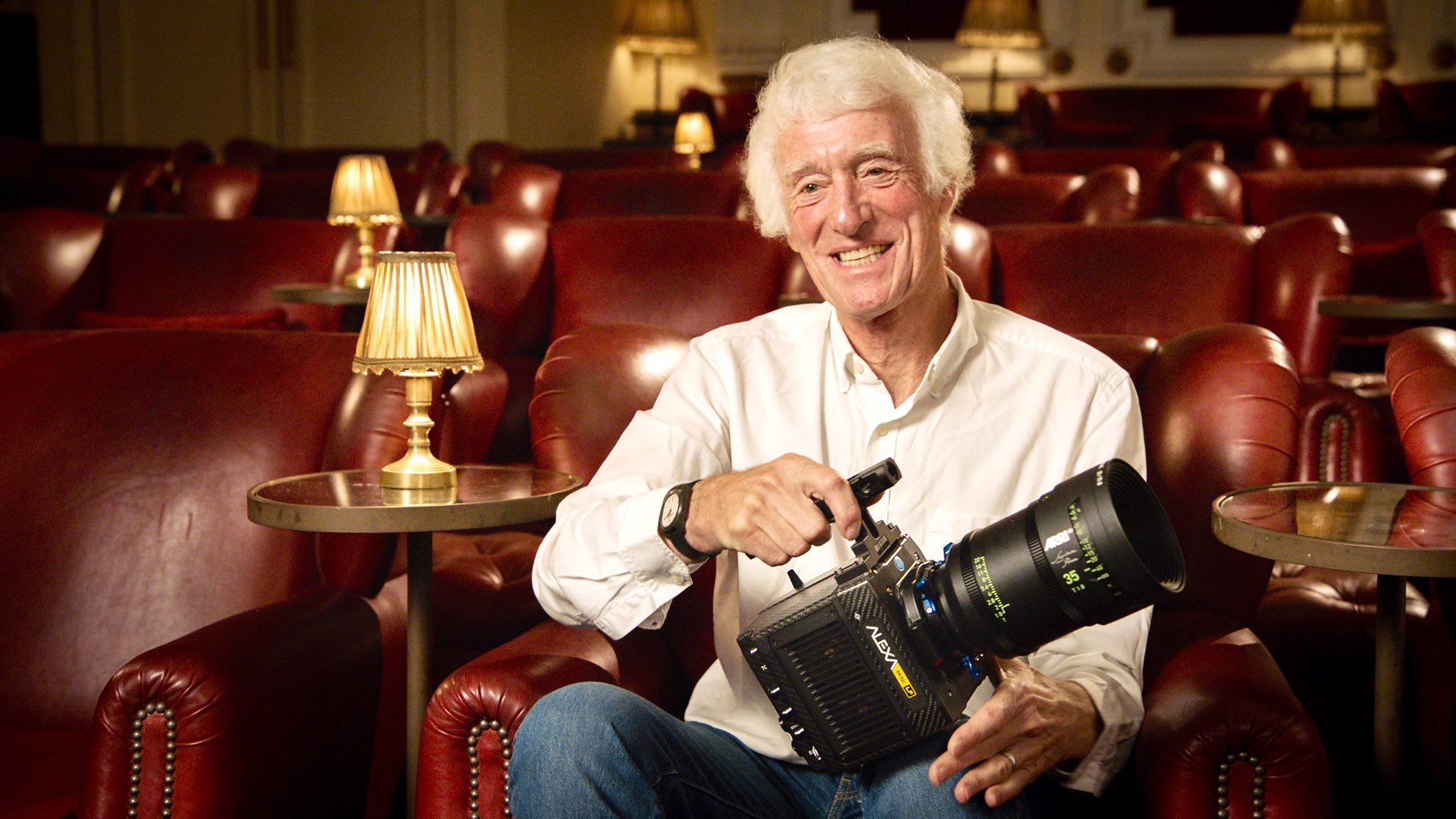
ALEXA Mini LF and Trinity as the ultimate tools to execute long takes
Sam Mendes’ latest feature film “1917” shot by DP Roger Deakins won 3 Oscars, including best sound editing, visual effects, and cinematography. We covered this film from the beginning, as the first film that was shot on the ALEXA Mini Large Format camera. Roger Deakins CBE, ASC, BSC, was the first to receive a working prototype of the ALEXA Mini LF. In 1917, Deakins utilized the ALEXA Mini LF together with the Signature Primes, and ARRI TRINITY camera stabilizer system (operated by Charlie Rizek). The goal was to get those tremendous dramatic long shots by using the large-format look together with natural light to enhance realism. As stated by Roger Deakins at that time: “The image that the Mini LF and the Signature Primes produce seems, to me, more like what my eyes see than anything else I have experienced so far.” BTW, the project was shot in ARRIRAW (4.5K).
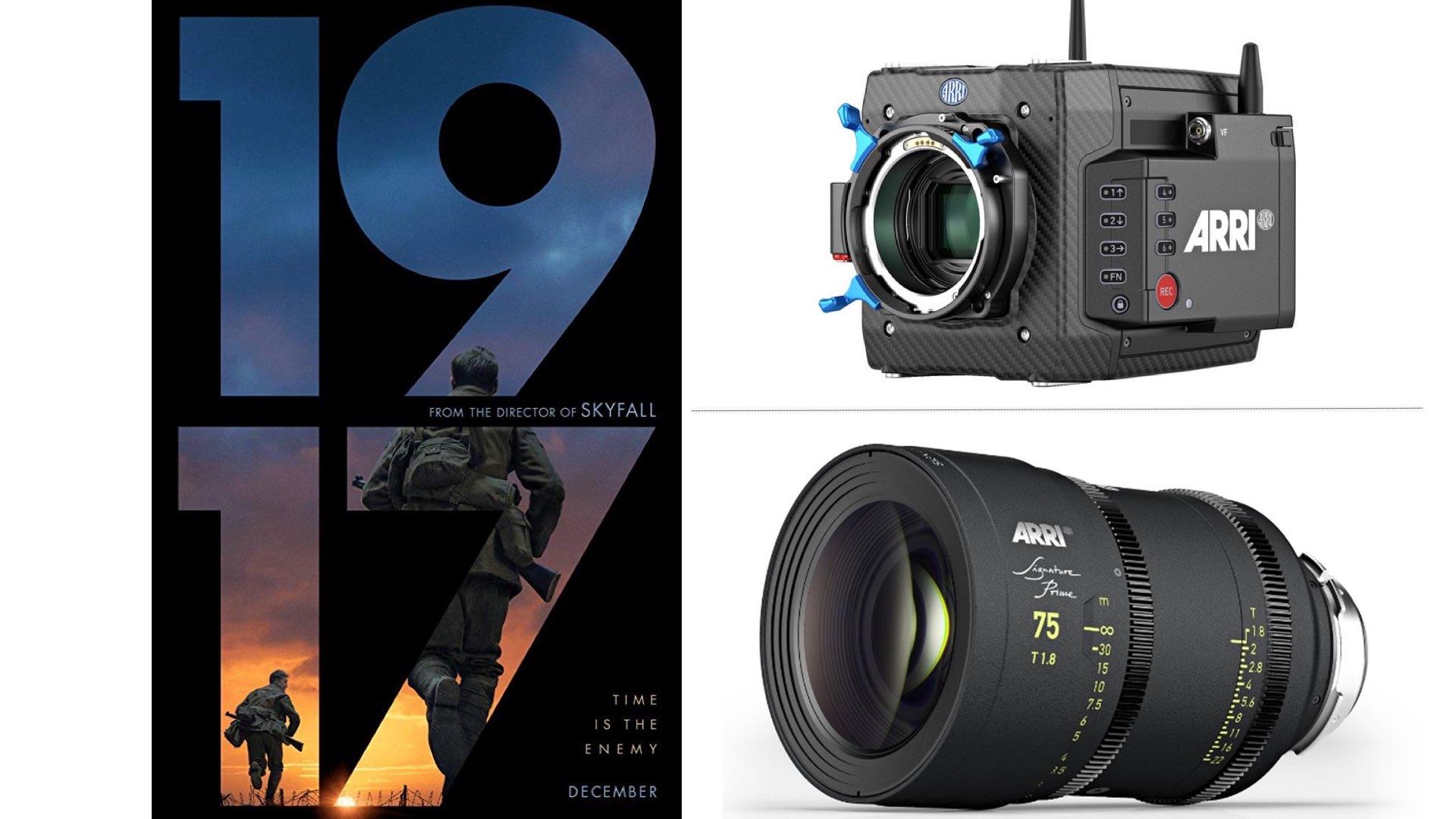
1917 was shot 99% with the 40mm Signature Prime. The rest was shot with the 35mm (basement scene) and 47mm (the river scenes)
Roger Deakins ASC, DP of 1917
The art of the Long Take
Furthermore, we covered here the process behind executing long takes from a cinematography and production perspectives. Head to this article that demonstrates an ARRI’s workshop dedicated to utilizing the ARRI Trinity for helping to reach precisely those long takes. The Trinity operator is the same operator that shot 1917, Charlie Rizek, which is an Israeli steady-cam operator.
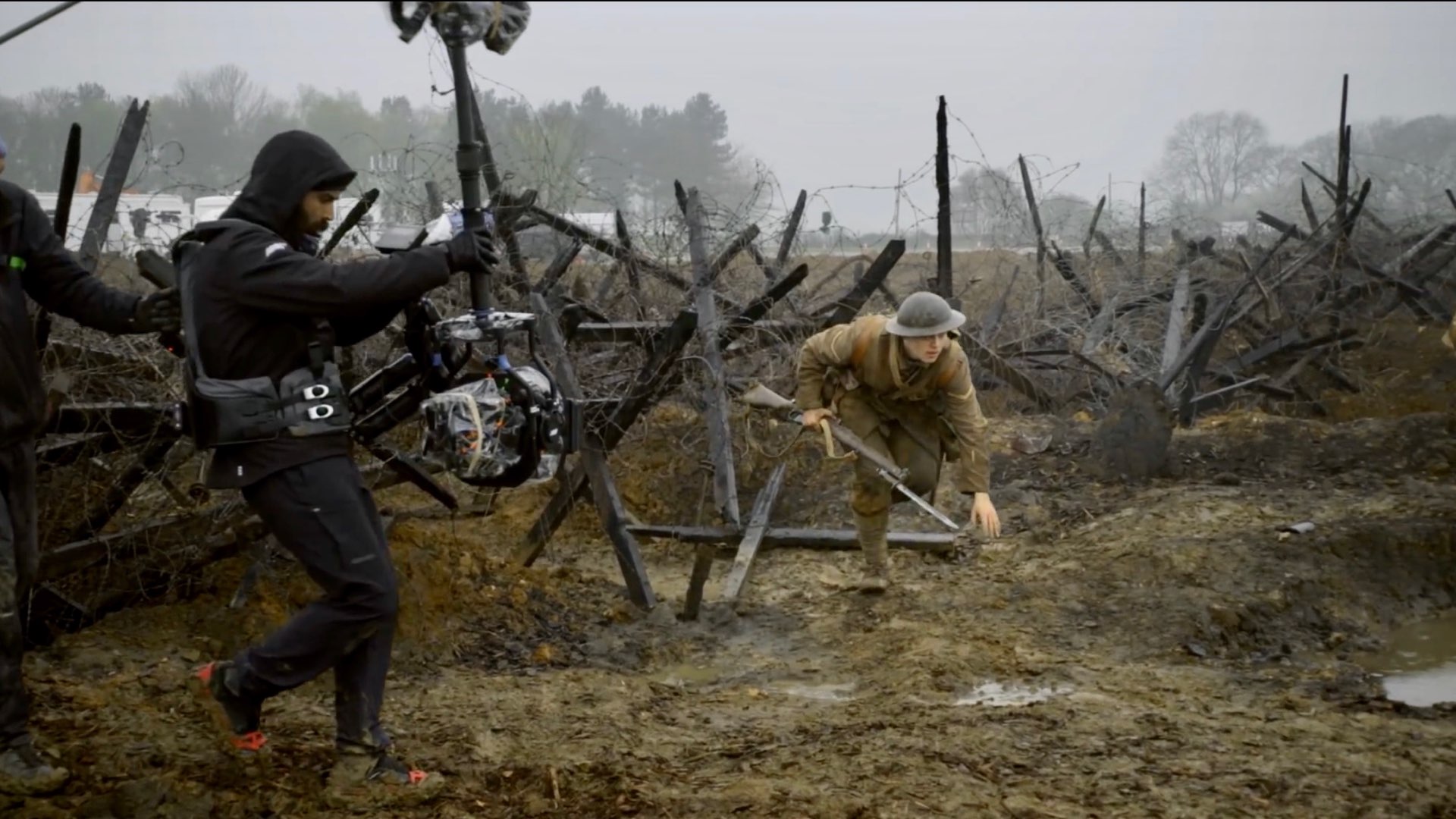
According to Deakin’s last video made by ARRI, he wanted that 1917 would be filmed as one continuous shot from the beginning since, in his opinion, it is the correct way to tell the story. However, Deakins emphasizes that they didn’t want this concept of long take will be presented as a gimmick. Did they succeed? Well, head to our review to find out. If you haven’t watched the movie yet, feel free to check out our review. In one simple sentence – we didn’t like 1917 as much since it’s full of “Long Take” banal tricks that were implemented all over it. In my opinion, 1917 is no more than one (too) long take paired with a shallow story. However, the Academy thought differently.
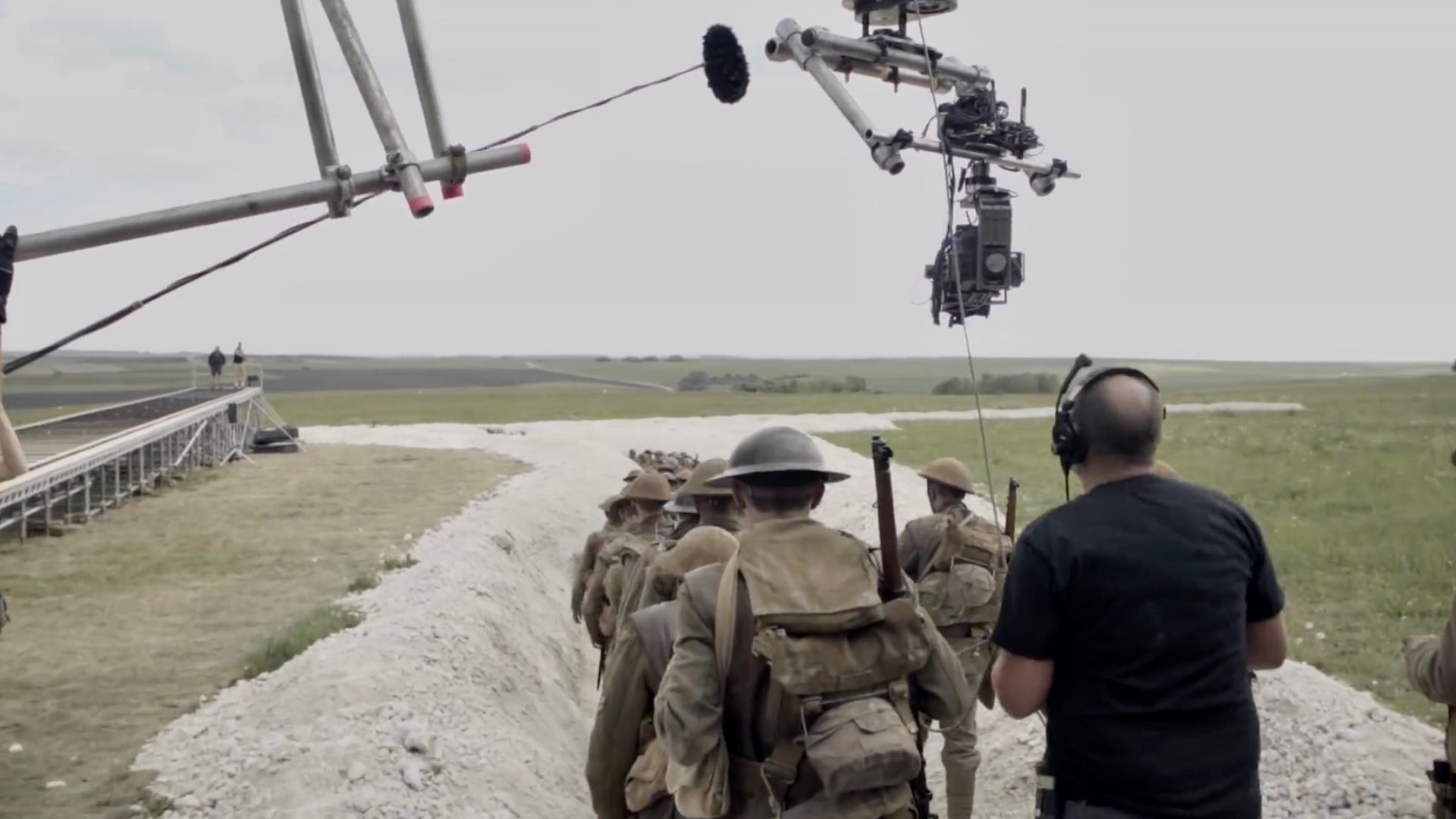
Let’s give a Shout Out to the Boom Operators for their AMAZING job in this movie
YouTube commenter
Implementing the large format look
This movie constitutes an excellent example of large-format look utilization. Deakins elaborates on this in the video by saying that the main advantages of the Mini LF were two: shallower depth of field and the ability to use a longer lens on closeup (to avoid distortion of the face). To understand the advantages and characterizations of large sensors, check out our article, which deals with large format cinematography. We do think that large sensor has a significant contribution to the film industry by allowing three characteristics: Shallower depth of filed, enhance camera movement and reduced distortion in closeups. According to Deakins, the film was shot %99 with the 40mm Signature Prime. The rest was shot with the 35mm (basement scene) and 47mm (the river scenes). That’s a fascinating piece of information since 40mm is defined as the natural focal length that mimics human vision. Furthermore, the large sensor allows a large field of view, even in 40mm. Together with the Trinity, we can get adorable dynamic shots. In case you are eager to get professionally educated about the large format, you can get ARRI certified on-line training for its large-format camera system. We’ve also reviewed ARRI’s course here.
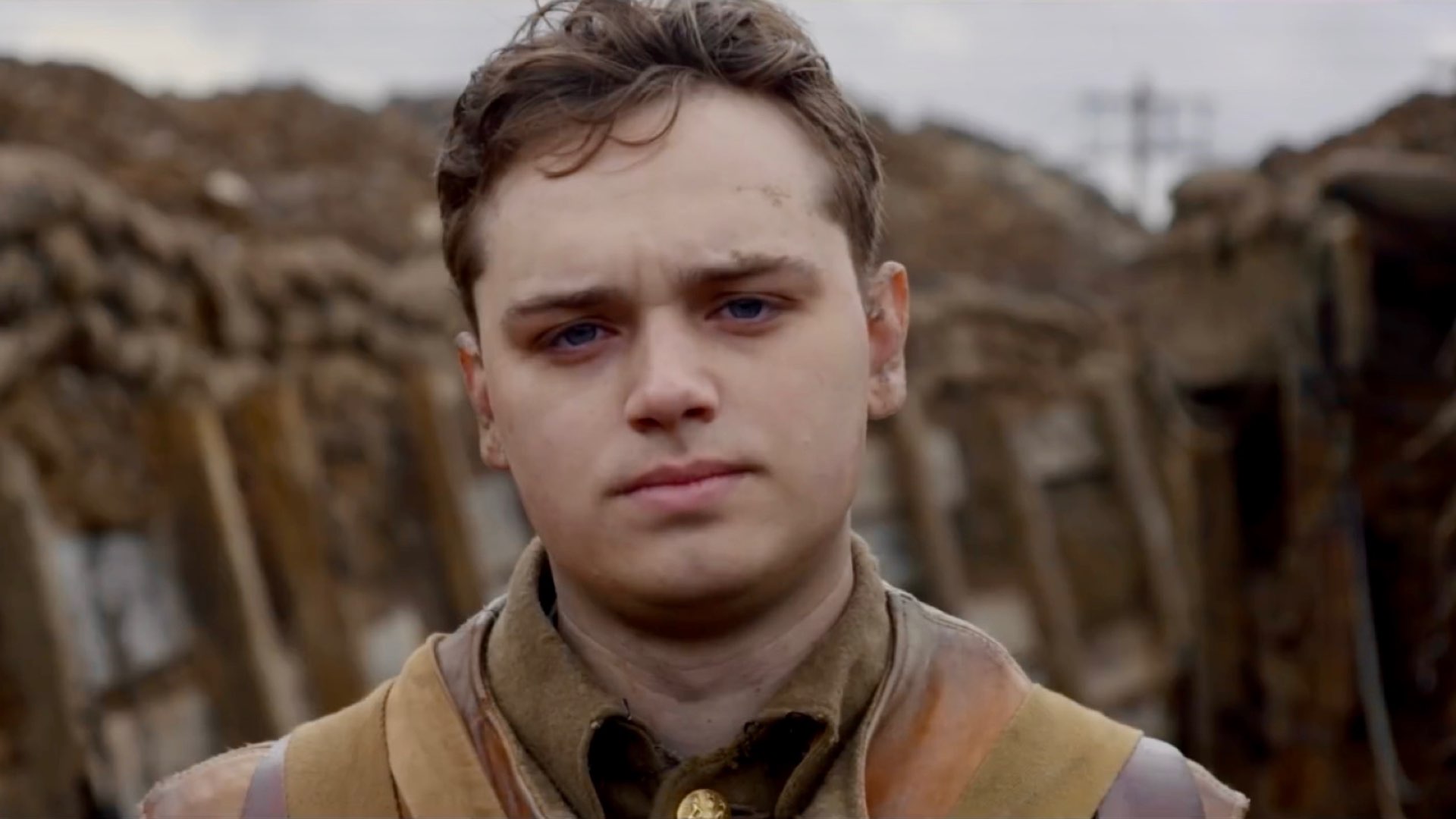
Wrapping up: Imitation than innovation
As we said before, 1917 can be used as an example of cinematography imitation rather than innovation. I’ll call it a technical film for the launch of the Mini LF. Nevertheless, it’s a fascinating project that might be very educational to film schools. Also, as one of the YouTube commenters said:” Let’s give a Shout Out to the Boom Operators for their AMAZING job in this movie (Sound guys). I’m not making a comparison, but it seems to me that they had a very difficult task even if the Camera department achieve what they need. So I raise my hat to them!”. This guy is absolutely right. The other Oscar is for them.
Watch the interview down below:


